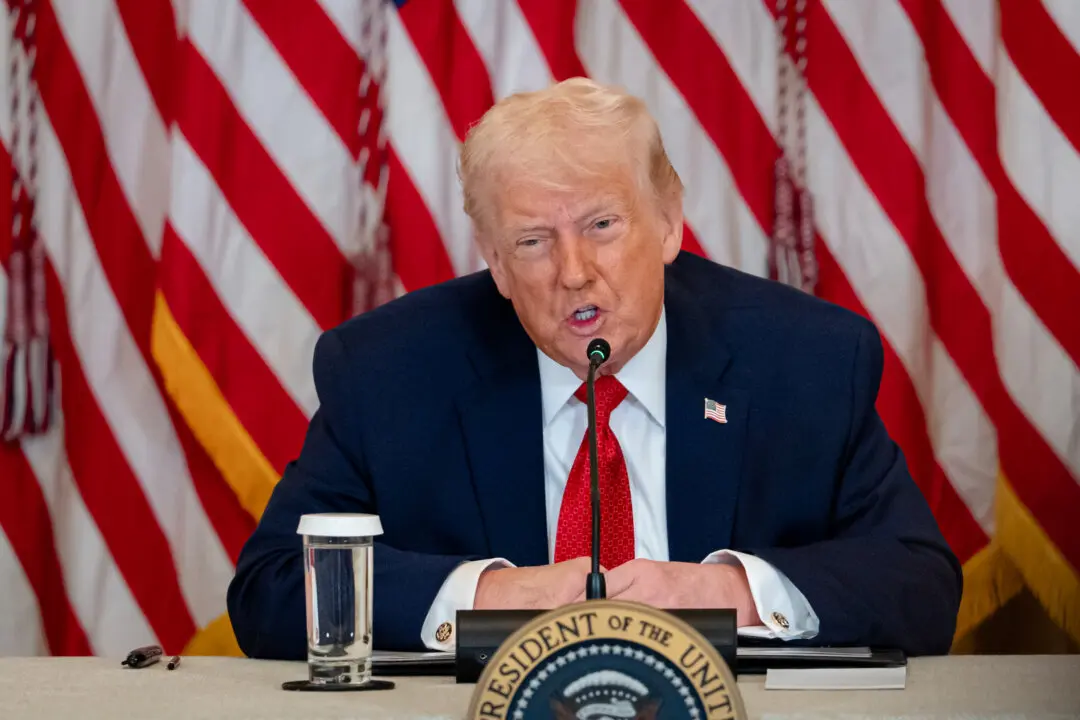The Philippines has installed five 30-foot-long navigational buoys bearing the national flag on four islands near the disputed South China Sea, where Beijing has increased its military presence.
The Philippine Coast Guard (PCG) announced on May 18 the placement of five navigational buoys on four important islands—Lawak Island, Likas Island, Parola Island, and Pag-asa Island—in the South China Sea, which Filipino refers to as the West Philippine Sea.





